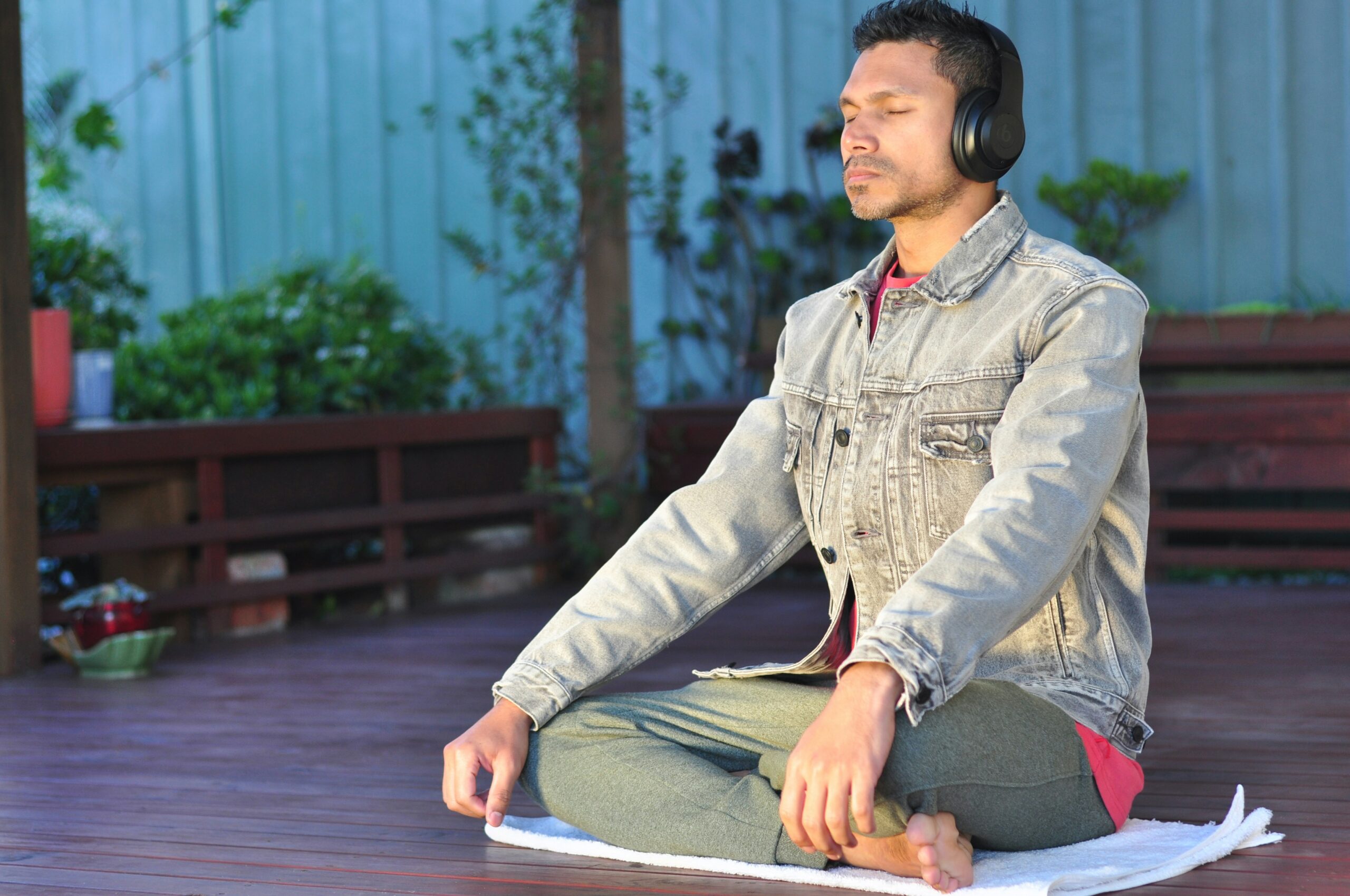Health Navigation: The Ultimate 8-Step Framework for Modern Wellness

In the vertebra in modern life, our personal health often feels like a destination we move toward on a blurred train. We get a glimpse of a salad, a good night’s sleep, a fleeting moment of a good night’s sleep, a constant, general sense of good, which can be out of reach. We bombed with conflicting information: One day, a super food is a miraculous treatment, next time it is a precautionary story. This noise navigates our own good.
What if you had a reliable compass and a clear map? This is where the term health navigation comes from. It is an active, individual framework designed to cut through confusion and strengthen you to become a confident captain for your own welfare journey.
It’s not about a hard overhaul or unattainable perfection. It is about the creation of a permanent system-a step-by-step process for setting your body signals, conscious choice, and cultivation of a health condition that is flexible, vibrant, and unique. Start this journey with our last 8-speed structure for modern welfare.
Table of Contents
Step 1: Run a Systems Diagnostic
You will not put on cross-country skiing without checking fuel, oil, and tire pressure. Your welfare journey requires the same initial evaluation. This step is about collecting data without a decision.
1. Physical health check:
Plan your annual physical. Complete the blood tests. Feel the number of cholesterol, blood pressure, and vitamin D levels. It’s not about fear; It’s all about installing a baseline. How is your energy throughout the day? Har du noen smerter? How is your digestion? These specific data are the basis of your health map.
2. Lifestyle Log:
Track your days without criticism for a week. Be aware of your sleep plan, your dietary pattern, screen time, and social interaction. You are not looking for “good” or “bad”; You are looking for a pattern. This audit is not about embarrassing oneself for the cookie that afternoon; It is about noting that the cookie always follows the meeting at 10 o’clock.
This clinic offers “You are here” on the map. If you do not know your first point, you cannot conceive a course for better health.
Step 2: Define Your True North
Being healthy is “a vague, without destination. It’s like telling a taxi driver,’ Take me to a good place. “Your brain reacts strongly to specific, meaningful goals.
Dream in detail: What does optimal health look like, and what do you think about in your life? Er dette energien til å leke med barna dine uten luft? Is it feeling calm and concentrated during the task presentation? Does it handle an old situation so effectively that it no longer determines your life? Does it sleep through the night and wake up new? Stay specific and connect it to your basic values.
Set smart goals: Make your vision into a smart goal that is specific, achievable, relevant, and at regular intervals. Instead “I want to eat better”, try “I will bring two portions of vegetables during my dinner, five nights a week, for next month.” It frames your health view as a practical, planned plan.

Be aware of feeling, not just shape: while weight or blood pressure is an average-class matrix, it also sets the goal you want to feel: more energetic, less inflated, more mentally sharp, more at peace. This links your trip directly to the quality of life.
Your true reply is your guided star. When the journey becomes difficult, it will continue to inspire you.
Step 3: Assemble Your Navigation Team
No great explorer goes alone. He has a team of guides, cartographers, and other passengers. Your health is very important in handling isolation.
1. Your primary care (Quartermaster): This is your first and most important partner. Find a doctor that you trust, who hears you, and who sees you as a partner in your health.
2. Expert guide): Depending on your needs, it may include a mental health doctor, a registered dietitian for nutrition, a physiotherapist for dynamics, or a certified individual instructor. LOOK FOR QUALIFIED, EVIDENCE-BASED PROFESSIONALS.
3. Your society (other passengers): Your friends, family, and colleagues have made your necessary support network. Share your goals with them. A workout is great, a food partner, or just someone who wants to hear without making a decision. Social relationships are key to good health.
4. Your digital tools (Technical Support): Use apps carefully. A sleep track, a meditation app, or a food diary can provide invaluable data and aids. Remember that they are equipment to operate you, not to operate masters.
Your relief team strengthens you, makes you responsible, and provides expertise where you need it.
Step 4: Plot Your Course
A vision without a plan is just a dream. A plan without action is paper waste. This step is about bridging the interval.
1. Begin Subtly: The biggest error in Health Navigation is to end your entire life on Monday morning. It is unstable. Instead, microhabit. Can you drink another glass of water today? Can you take five minutes after lunch? Can you practice a deep breath in a minute? These small tasks form the speed and resume your identity.
2. Stack your habits: Connect new, desired behavior for existing people. “I want to meditate in a minute (new habit) after putting in my morning coffee (existing habit).” This method is already made for you on nerve pillows.
3. Your environment: Your environment will always turn out well. Make healthy alternatives to a single option. Want to eat more fruit? Wash it and hold it on the counter. Want to read before bedtime instead of scrolling? Charge the phone in another room. This is a deep step to control your health.
Your action plan is an instruction on a turn-by-turn basis on your map. This is a practical application of your vision.
Step 5: Prepare for Turbulence

The road to welfare is never a straight line. There will be events of sick days, stressful weeks, holidays and unexpected events. If your plan is very hard, it will crumble at the first sign of problems. Flexibility is important.
1. Estimated Detour: Learn the trigger and challenging situations. If you have a busy week, you can plan simple, healthy food. If you are going to a party, decide too early how to navigate food options.
2. Practice self-compassion: When you really hit a beat, you react with mercy, not criticism. There is no missing exercise or a hungry food error; This is data. Ask yourself, “What’s the reason for this? What can I learn? How can I get back on track slowly?” Turning yourself in is harmful to your mental and physical health.
Make a simple, walk-to-routine to reset a “return to the path” ritual. It can be 20 minutes walking, a huge green smoothie, an early night, or five-minute ironing. This ritual is your fastest route to recovery after an affair.
Navigation of the turbulence with a short-term fad diet distinguishes a permanent lifestyle change.
Step 6: Listen to Your Body’s Feedback
In our data-handled world, we are often obsessed with calculation steps counted, calories burned, and sleeping hours, and we stop listening to the most sophisticated health tools that we do ourselves: Our own body.
1. Cultivation of contexts: This is a scientific word for your spirit in the inner state of the body. Before you eat, ask yourself, “Am I really hungry, or do I get bored/stressed/thirsty?” After eating: “How does this food make me feel? Energetic or dull?” After training, ask, “Do I feel strong and long-lasting, or dry and in pain?”
2. The honor of your character: Your body is constantly communicating. A headache can tell you to drink water or handle stress. Chronic fatigue can be an indication of improving sleep hygiene or checking iron levels. Priority to your health means that these characters are considered valuable information, not discomfort to be quiet with a pill.
3. Balance the data with intuition: Inform your tracker to you, not to guide you. If your app says you hit the target of your step, but your body is done, then relax. The final goal of health is your own expertise.
Step 7: Integrate, Don’t Isolate
Wellness shouldn’t be a separate, time-consuming assignment you “do” for an hour a day. The maximum successful technique is to weave fitness-promoting behavior into the very material of your daily life.
1. Active Commuting: Can you motorbike, stroll, or get off the bus early?
2. Mindful Minutes: Integrate mindfulness into mundane tasks. Practice deep respiration even as you watch for your coffee, or be completely present while washing dishes.
3. Food as Ritual: Make cooking a fulfilling, de-stressing activity as opposed to a chore. Listen to the song, involve your own family, and appreciate the system of nourishing yourself.
When health becomes integrated, it stops being a burden and starts evolving into truly living well.
Step 8: Review and Recalibrate
Your health requirements are not stable. They change with age, weather, life conditions, and levels of stress. A great navigator always checks his position and adjusts the course.
1. Plan quarterly check-in: Every three months, go back to step 1. Run a mini-dividing. How do you feel about your energy level? Review your goals. Are they still relevant? What works? What is not?
2. Celebrate progress: This is non-pervasive. Have you taken your vitamins continuously? celebrate. Did you choose to go on a stressful day? celebrate. Accepting your victory, no matter how small it is, reinforces the fuel and reinforces your journey towards permanent health positively.
3. Embraced development: Your definition of health will develop. What matters at 25 can be different in 45 years. Make yourself flexible and kind as you change. This structure is a cycle, not a linear path.
Your Journey Awaits
Real health is not a final destination you arrive at; This is the way you travel. This is a daily practice of checking your compass, adjusting the sails, and enjoying the journey. This 8-speed framework is your guide to becoming an active sailor for your own good. It’s about making peace with your body, growing flexibility, and creating a life where vitality is standard, not ambition.
Your map is empty, and your compass is waiting. Take the first step today. Your lifetime health adventure begins now.
What is Health Navigation?
Health Navigation is a proactive, personalized approach to managing your well-being by strategically guiding decisions across physical, mental, and emotional health using evidence-based tools and resources.
Who can benefit from the 8-Step Framework?
Anyone—from busy professionals to caregivers or individuals managing chronic conditions—can use this framework to simplify complex health choices and build sustainable wellness habits.
How is this framework different from generic wellness advice?
Unlike one-size-fits-all tips, the 8-Step Framework adapts to your unique lifestyle, values, and goals, integrating modern science with practical, step-by-step guidance for lasting results.









